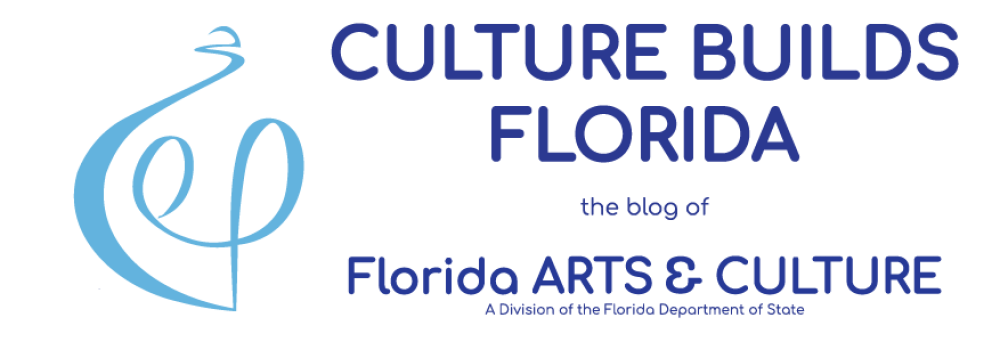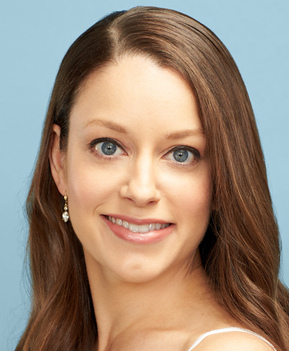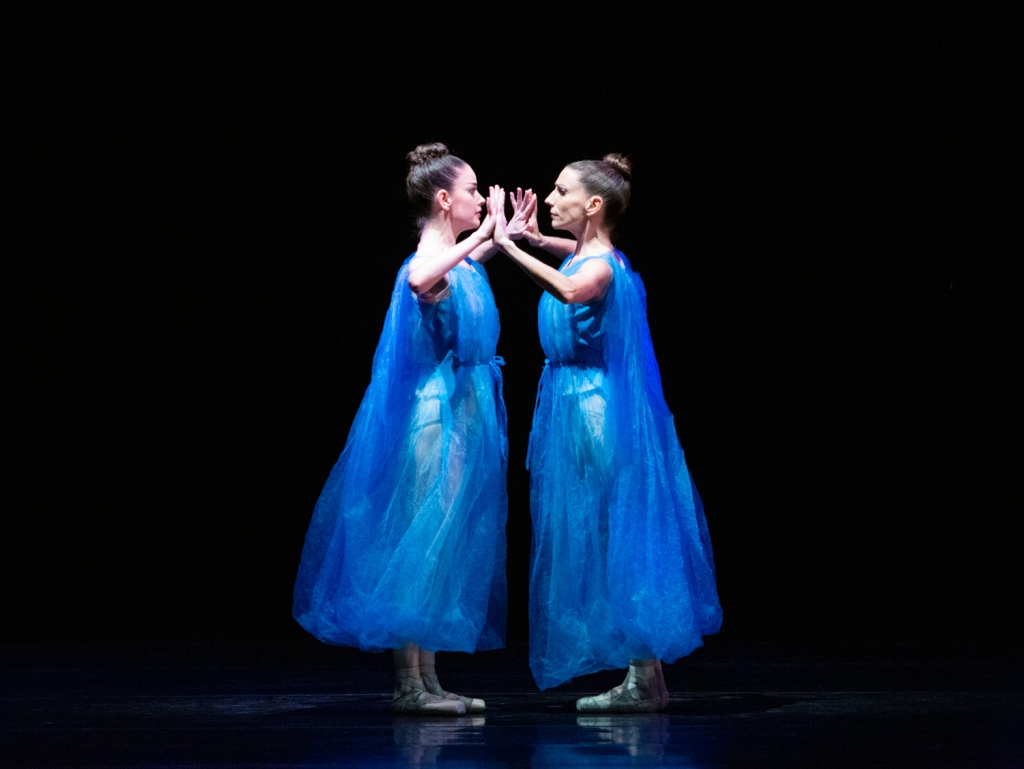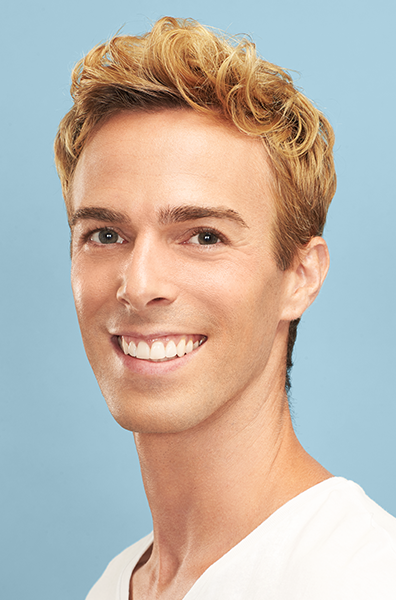We sat down recently to chat with some of the Principal dancers at Miami City Ballet, and got an inside look into their world and activities with the company.
Katia Carranza graduated from the Escuela Superior de Musica y Danza de Monterrey in Mexico in 1996. She then joined Ballet de Monterrey as a soloist. In 1998, she joined Miami City Ballet as a corps de ballet dancer, was promoted to soloist in 2001, principal soloist in 2003 and in 2004 she was promoted to principal dancer. She left after the 2006-07 season to rejoin Ballet de Monterrey as a principal, but continued to dance with MCB as a guest artist for an additional six seasons. Carranza rejoined MCB full-time in 2017 as a principal dancer.
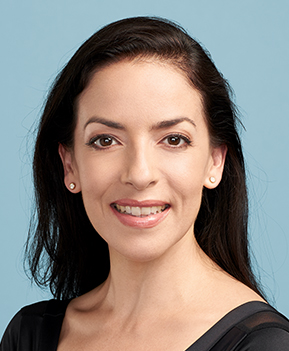
Division of Cultural Affairs (DCA): Why did you choose a career in the arts?
Katia: I started this career at a very young age. I didn’t really know that ballet was something I love. Little by little, I became more involved and it brought me so much happiness. I think that being able to do what you love is such a blessing.
DCA: How long have you worked in Florida?
Katia: (Laughs) I came here in August of 1998 for the first time, 23 years ago. I joined Miami City Ballet that year and it changed my life. I am from Monterrey, Mexico. I studied there and danced for one year at Ballet de Monterrey.
During my time there, I had an opportunity to compete in Jackson, Mississippi and that was when Edward Villella hired me, and I was here at MCB until 2007. From 2007 through 2017, I was dancing for both MCB and Monterrey, but I came back to Miami 4 years ago to dance here full-time. I feel like I am from here, and that I really grew as an artist here.
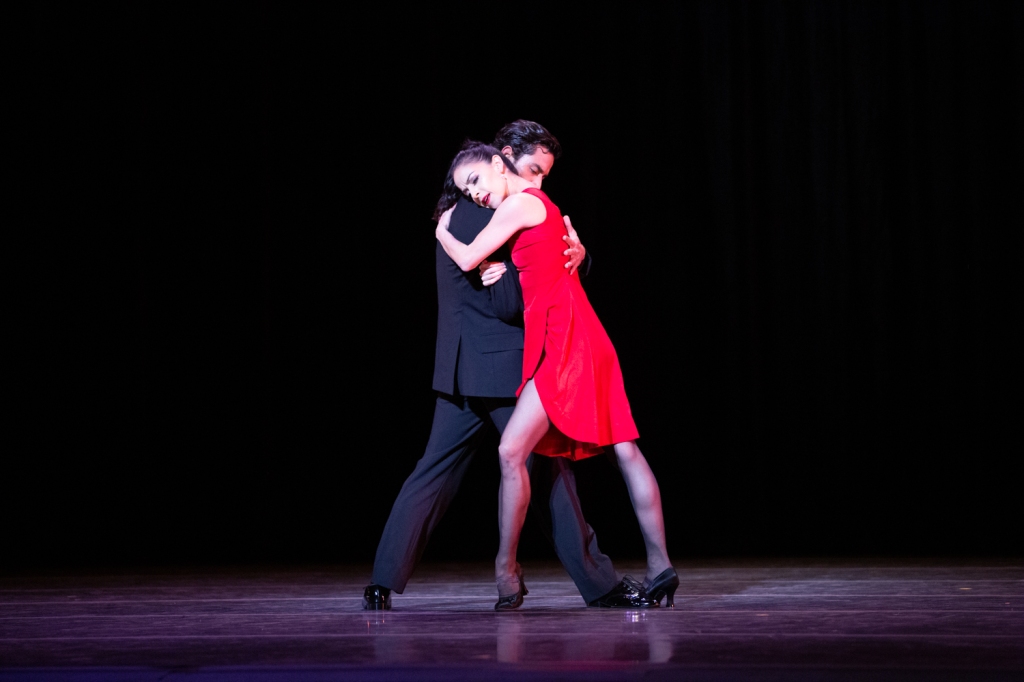
DCA: What is the best part about your job?
Katia: Being on stage, for sure. I enjoy having an opportunity to share what we do with so many people, with the audience. I feel like we can change their lives. I always hope that they leave the theater with a positive experience. That is the best part: sharing what we do.
DCA: Tell us a little bit about your organization. What are you currently working on?
Katia: The most important thing is keeping my body moving, until we can all dance onstage and together again. We normally rehearsed together for 8 hours a day, so it is super important to keep my body moving. It is something my body needs – it gives me energy and makes me happy, and so my body asks me to do it every day. I take different classes by Zoom, such as ballet and resistance training, and I use my pointe shoes a little bit every day. I must continue or else my feet and my ankles will become weak.
Plus, now that we have more free time, I get to teach, which I enjoy a lot. It’s important to continue to be motivated, for both myself and my students too. We all need to stay motivated so we can be on stage again when the time comes. But for now, I have this chance to teach and share with students in Mexico, Brazil, from all over the world. I love being able to share in this way.
DCA: In your opinion, what is the greatest contribution that your organization makes to your community?
Katia: I believe that the greatest contribution we offer is to the next generation of dancers with the various programs and training Miami City Ballet Company and School offer to children and young people. I believe dance can change lives, because it changed mine.
I think dance makes me a better person and gives me opportunities to learn about things that are important. I believe that dancers touch lives and help others, and that our work can have a positive impact on young people. That is the greatest contribution we give.

DCA: What do you think of when you hear “Culture Builds Florida”? Why are the arts and culture important to our state?
Katia: Florida is a special place because there are so many cultures here, and we are fortunate because we can experience the different cuisine, histories, and many things that are learned through arts and culture. It helps us all to be better people, and it is something we can share together.
This has been part three of a three-part Art Talk feature with some of Miami City Ballet’s Principal dancers. Thank you to Miami City Ballet and the artists for taking the time to share with Culture Builds Florida.
